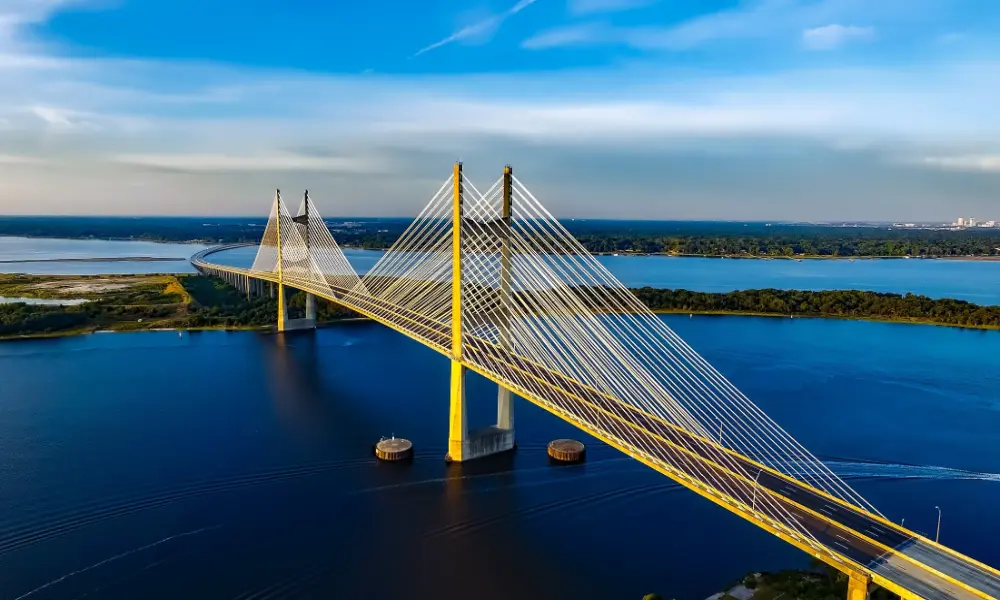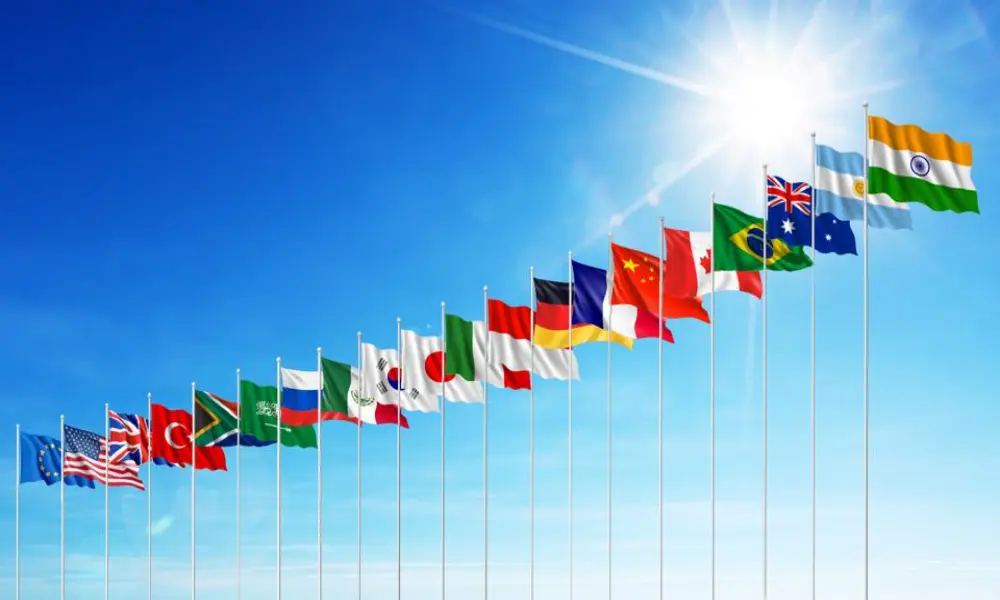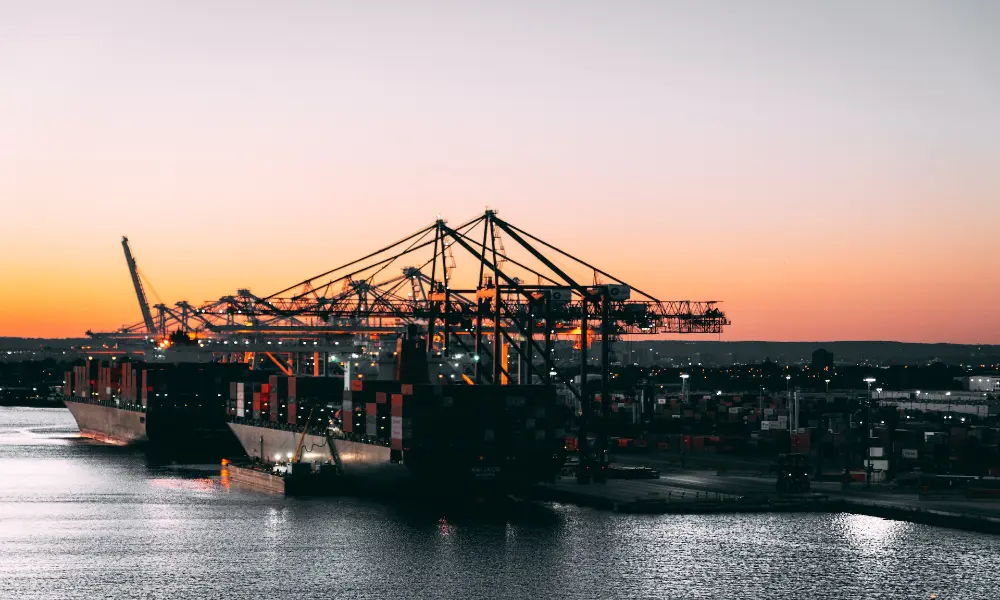Asia’s Maritime Titans: The Rising Impact of East-West Trade Lanes
South Korea’s premier shipping corporation, HMM, is prepping its sails for the global market as it soars ahead as the world’s only container line, boasting an average ship size exceeding 10,000 Twenty-Foot Equivalent Units (TEU). In an extensive study by Alphaliner, a striking correlation has been uncovered between the profound dependency of four Asian shipping carriers on the primary transcontinental trade routes and their average vessel size. HMM’s standout performance in this arena is particularly attention-worthy.
Remarkably, this notable shipping behemoth, ranking as the world’s eighth-largest carrier, has almost doubled its average container ship size in a mere half decade, as painted by Alphaliner’s precise analysis. Its robust armada comprises a total of 71 vessels, inclusive of twelve state-of-the-art 24,000 TEU megamaxes and eight newly launched 16,000 TEU neo-panamaxes.
Size Matters: The Interplay between Ship Size and Trade Routes
Interestingly, the stark contrast in ship sizes in this industry does not go without comment. On the opposing spectrum, we discover ZIM, Israel’s shipping flagbearer, as the lone player witnessing a dip in average ship size since August 2018.
According to the findings released by Alphaliner, it’s evident that the Asian shipping bigwigs – with HMM, Evergreen, ONE, and Yang Ming leading the rank – typically channel between 65% and 70% of their colossal fleet into east-west services. Simultaneously, their European counterparts maintain a robust footprint in regional trades, necessitating smaller short-sea vessels and/or feeders. A key case in point is the world’s largest containerline, MSC, which deploys a mere 32% of its capacity on the two extensive east-west routes.
HMM’s Epic Foray into Private Ownership
As HMM embarks on its journey towards privatization, bidding is now in the second round. The Harim Group, controlling the Korean shipping line Pan Ocean, has partnered with a local private equity powerhouse for its bid, a testament to HMM’s coveted nature in the industry.
Joining them in the second round are LX Holdings and Dongwon Group, two formidable Korean conglomerates with prowess in the logistics domain. The anticipation continues to build as potential bidders hold their breath for the announcement of the preferred bidder by early November. State creditors’ eagerness is palpable with the sale intended to be concluded by the year’s close.
The Future of South Korean Maritime Enterprise
Undoubtedly, HMM’s vibrant journey towards going private is underlined by its undeniable influence as a global front-runner in the shipping domain. As we watch the play unfold, questions arise about the trajectory of the South Korean maritime industry’s future and the profound impact of the country’s flagship carrier’s choice on a global scale.



